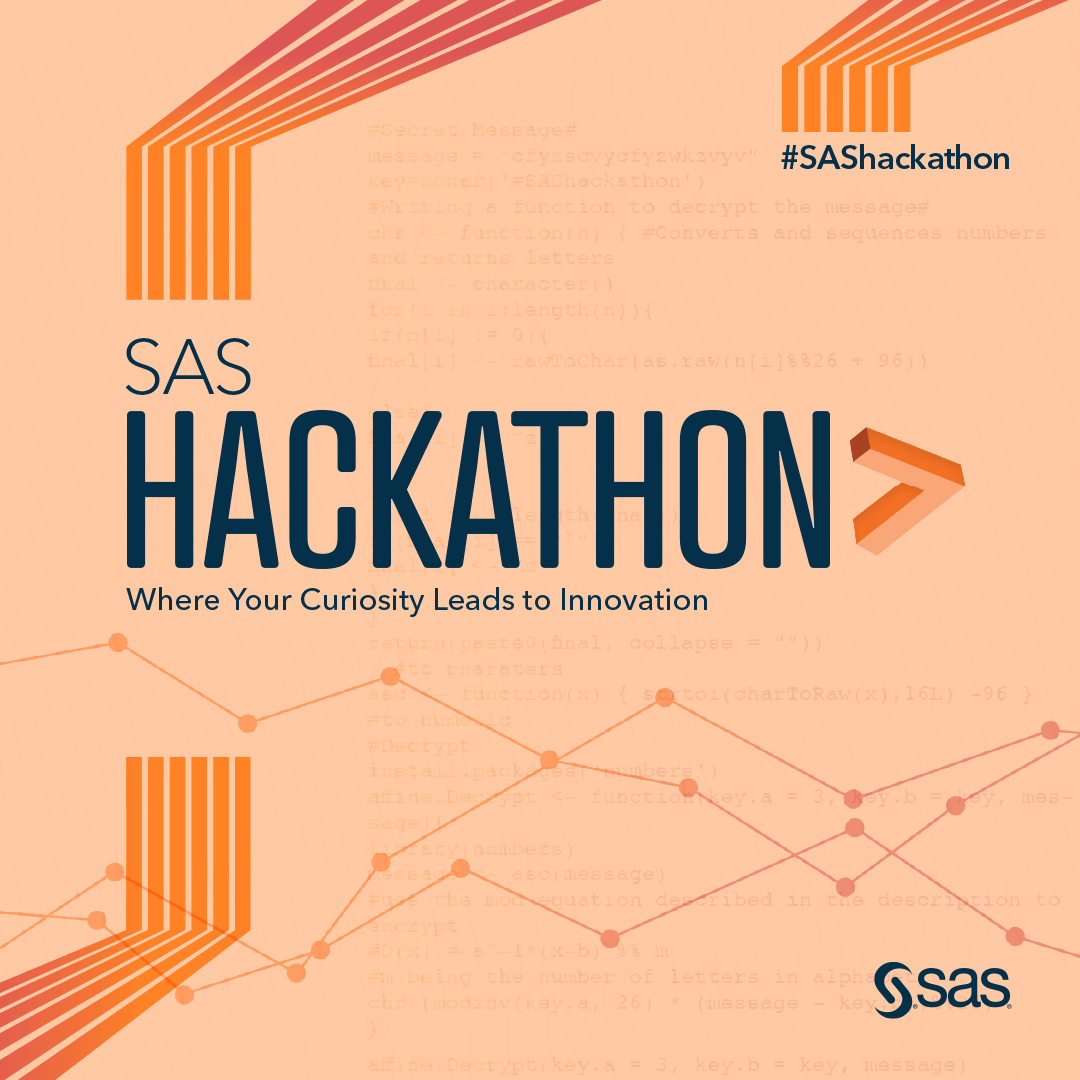The 2021 SAS Hackathon was a major success and teams are now signing up for the 2022 hackathon. We are inviting you to join us. The world has lots of problems in search of answers and it’s your chance to contribute some creative solutions. Here’s what the team from KPMG was able to do to help improve corporate sustainability monitoring.

Now, more than ever, the global economy and its human and environmental impacts are being closely watched by the public and government agencies.
For financial institutions, this means staying attuned to environmental, societal and corporate governance strategies (known collectively as ESG). One way that banks monitor ESG impacts is by scrutinizing the sustainability efforts of securities companies that banks invest in.
When this type of analysis is done manually (which is how it has been in the past) it is time-consuming and can lack thoroughness. It means hours of pouring over companies’ websites and publications to glean any information – some detailed and some cursory – about a company’s sustainability approaches and successes.
The result is that KPMG found it could only get a solid ESG scoring for about 30 percent of a client bank’s securities portfolio. Good, but not good enough. As a result, KPMG developed an innovative approach for getting more complete ESG insights.
Enter AI

KPMG realized that they could use text mining, data mining along with AI techniques – natural language processing and machine learning – to scan securities companies’ websites to help determine the level of sustainability practices by the company. The result is a score that KPMG can plug into an ESG index.
For a securities manager who might be responsible for large corporate portfolio of multinational banking this scoring ability has great importance for integrating sustainability into influencing the green transition of the banking industry. The ability to insert ESG criteria into the investment process means a bank can be influential in supporting and promoting environmentally and socially responsible projects and investments.
Using natural language processing, KPMG can rate companies against 39 ESG categories, and its AI model can roll that analysis into a single score using a large dataset of benchmark companies.
If a company’s score seems off (either too high or too low), the portfolio manager can with a single click on an ESG dashboard (created using SAS® Visual Analytics) to view each of the 39 categories to quickly spot any incongruencies.

SAS analytics in the cloud
Our analytics in the cloud (yours, a third party like SAS partner Microsoft Azure or our own SAS® Cloud) make this approach easy to apply, time efficient, inexpensive, stable and holistic. This innovative approach enables a portfolio manager to skew their investments in a greener direction.
Visual analytics enables you to quickly spot important relationships in data to find, visualize and narrate stories and insights that are easy to understand and explain. You can uncover opportunities hidden deep in your data and automatically highlight key relationships, outliers, clusters and more.
What you can do
Financial services companies need to take steps to:
- Define their approach for accessing ESG scoring and reporting (including commercial customers and partners).
- Develop a strategy for assessing ESG impacts across core functional risk areas.
- Assess risk exposure across asset classes and determine how those exposures are affecting strategic initiatives.
- Put in place policies and controls to mitigate ESG-related risks and begin proactive monitoring and identification.
- Develop a disclosure and reporting framework that aligns with your ESG approach and any regulatory requirements.

